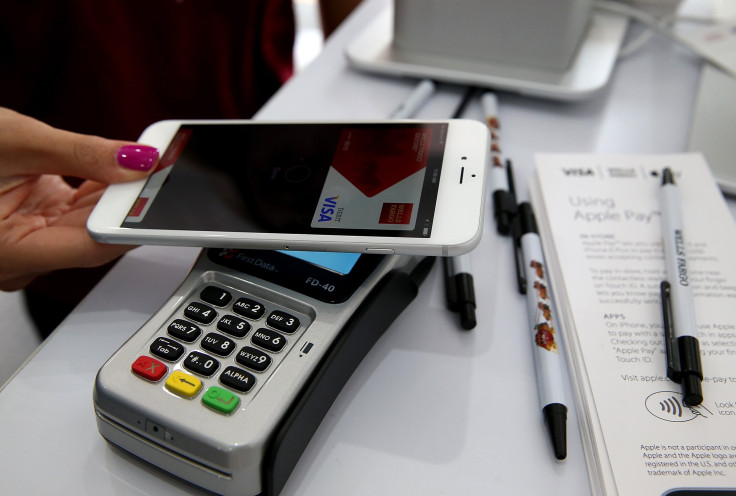Despite Apple Pay's Promise, Still Plenty Of Pitfalls For The Mobile Wallet

The mobile wallet was pitched as an innovation that would entirely replace the countless credit cards and loose change in your pocket or purse. And earlier this year, it seemed that the promise might be fulfilled with the release of Apple Pay in October.
But even with Apple’s market clout, the adoption rate of mobile payments has been slow, according to a survey by Infoscout on Black Friday. Of shoppers who had the iPhone 6 or iPhone 6 Plus, both of which include Apple Pay, only 9.1 tried the service on the year’s biggest shopping day. And only 4.6 percent intended to use it for future purchases.
Meanwhile, a number of competing platforms are racing to the market, potentially making it more confusing and fragmented for consumers and retailers alike. Toward the end of 2014, the mobile wallet market exploded with dozens of new apps and services. And with the development of smart credit cards such as Coin, which aims to combine multiple credit cards into one smartcard independent of your phone, it wasn’t limited to smartphones.
Adoption Remains Slow
Did the concept of the mobile wallet promise too much? Or is it just slightly ahead of its time? “I think the expectations are way too high,” Roger Entner, Recon Analytics lead analyst, said. “We’re looking at a profound shift in consumer behavior, and those are always glacial -- slow but unstoppable.”
That can be an understatement. Mobile wallets were barely a blip on the radar before Apple Pay’s debut, despite efforts from Google Wallet and Softcard to spur adoption in past years. Research firm Gartner last year reduced its forecast of payments through near-field communication technology by 40 percent, citing poor performance. The firm said that NFC-based payments accounted for 2 percent of $235 billion in mobile transactions in 2013 and would grow to just 5 percent in 2017.
Though Apple Pay had led the pack in spurring mobile wallet adoption, with a staggering 1 million credit cards registered in 72 hours, according to Apple CEO Tim Cook, one weakness is already apparent: its limited user base. The company has sold millions of iPhone 6 and iPhone 6 Plus units since their launch in September, yet Apple Pay is currently limited to the U.S., making it impractical for frequent travelers.
On the merchant end, Apple Pay has seen resistance, especially from members of CurrentC, a competing platform consisting of retailers such as Walmart, Rite Aid, CVS Health and many more. Rite Aid and CVS have blocked Apple Pay, Google Wallet and Softcard in anticipation of CurrentC’s launch next year.
Baby Steps Toward Widespread Acceptance
On the document side there’s been more progress. Thirty states now accept digital insurance cards, and Iowa is set to begin issuing digital driver’s licenses through a mobile app.
The mobile wallet may not be everything promised in 2014. But Entner believes it will eventually find its footing. It took years for the mobile phone to gain widespread acceptance, and it may take a few years for the mobile wallet to get to the same point. Mobile payments are expected to grow to a $142 billion industry in the U.S. by 2019, according to Forrester.
For now, swiping a credit card is likely to remain the choice method of payment due to its ease of use.
© Copyright IBTimes 2024. All rights reserved.






















